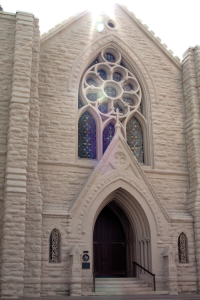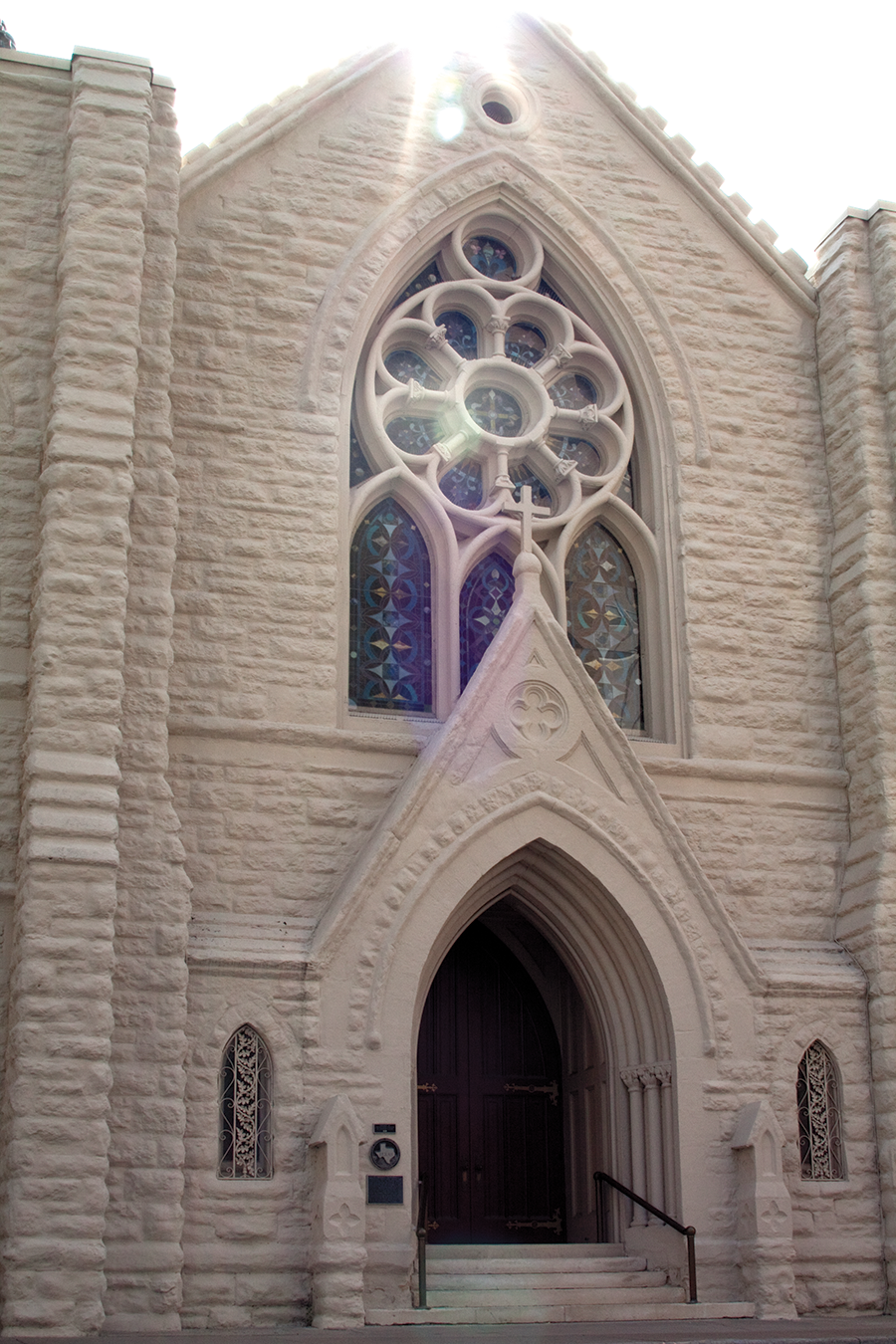By Hannah Weehunt/reporter

Photos by Casey Holder/The Collegian
Fort Worth is a city known for its Western flair of the Stockyards and its uptown flavor of Sundance Square. Few, however, think of the varied architecture that develops its skyline.
Arnie Radman, SE architecture instructor, took a group of students and guests on a walking tour of downtown Fort Worth April 16 as part of Architects Month.
“I think it’s important for those who attend to get a sense of Fort Worth’s architecture and its rich heritage,” he said. “The best way to do that is to walk the streets.”
The tour started at the Tarrant County Courthouse, built in 1895. The red granite structure was made completely out of native materials, Radman said, and set the theme for the rest of the city.
Adjacent to the courthouse sits the Tarrant County Civil Courts building, built in 1958. This building was not originally designed to be in context with the courthouse, Radman said, but in 1988 Richard Hass completed a trompe l’oeil façade to cover the exterior and help it match the courthouse’s theme.
Fort Worth also hosts many noteworthy churches, Radman said. First Christian Church, built in 1914, is the oldest Protestant congregation in Fort Worth. A steel structure with a cast stone veneer, the sanctuary features a wall that disappears into the ceiling to create a greater space, he said.
St. Patrick Cathedral’s complex, built 1892-1908, is the oldest ecclesiastical building in Fort Worth. Built of quarried white Texas stone, this building houses the first hand-painted stained glass windows in North Texas, Radman said.
The Fort Worth Club has played a major role in the history of the city as a gathering place of the business community, Radman said. Built in 1925, it was designed by Sanguinet, Staats and Hedrick and brings a Spanish Renaissance style that complements the other styles of the city, he said.
The Flatiron Building, another stop on the tour, was built in 1907. It combines Renaissance Revival and Prairie School features. Built to emulate similar buildings in Chicago and New York, it was then said to be the tallest in the Southwest, Radman said.
NE student Dan Clark decided to join the Fort Worth tour for educational reasons.
“I wanted to learn to recognize the difference in artistic styles and periods,” he said.
Radman said many people who live or work within the area are unfamiliar with its architecture.
“A student I was talking to mentioned that she works in Fort Worth and never knew most of these buildings here,” he said. “She said that after walking the streets, you see them and get an appreciation for them.”

